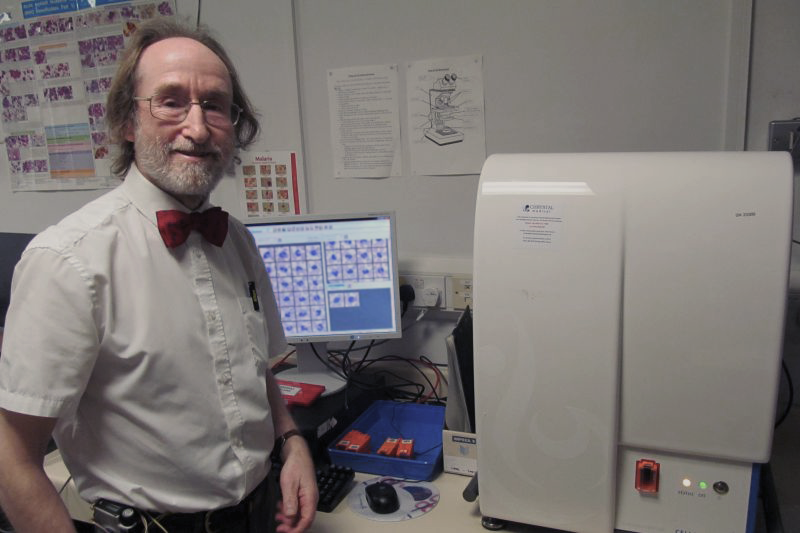Owen Jones is a Senior Biomedical Scientist and Training Officer at an NHS hospital in Scotland who writes about his experience with CellaVision.

A committed microscopist with almost 40 years’ experience of reporting cell morphology in peripheral blood smears, I viewed any machine-based attempts to identify and classify blood cells with scepticism: there were just too many variables involved in the examination of blood for such an analyser to provide useful information. I was also suspicious that introduction of such an analyser could lead to the downgrading of the profession and persuade some employers that highly trained biomedical scientists were no longer required for this role.
How wrong I was. With familiarity came the understanding that the analyser could be used as an adjunct to the work of the scientist, not a replacement. By screening stained blood smears identified as suspicious by automated cell counters, the numbers of patient samples that required microscopy could be reduced so assisting, not replacing, the scientific workforce.
Since then, I have presented my experience to fellow professionals, advising on ways of incorporating the analyser into the workstream and providing examples of where the DM1200 has been of value in our laboratory in the detection of blood cell anomalies.
In addition to its role in assisting the screening of patients’ blood, it is of tremendous value in the training of biomedical scientists in cell morphology and the assessment of competence in this complicated area of laboratory medicine.